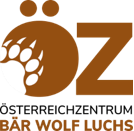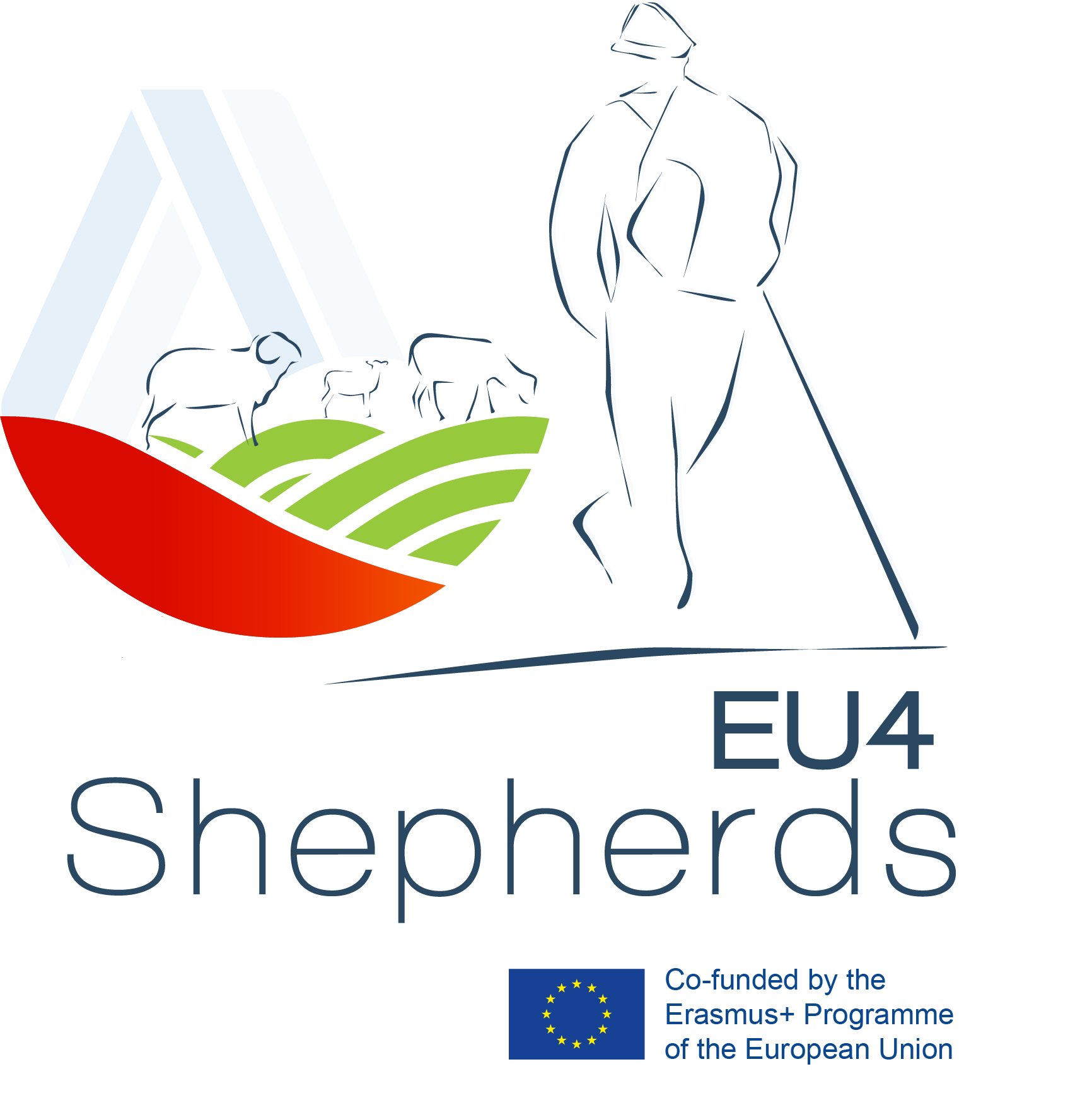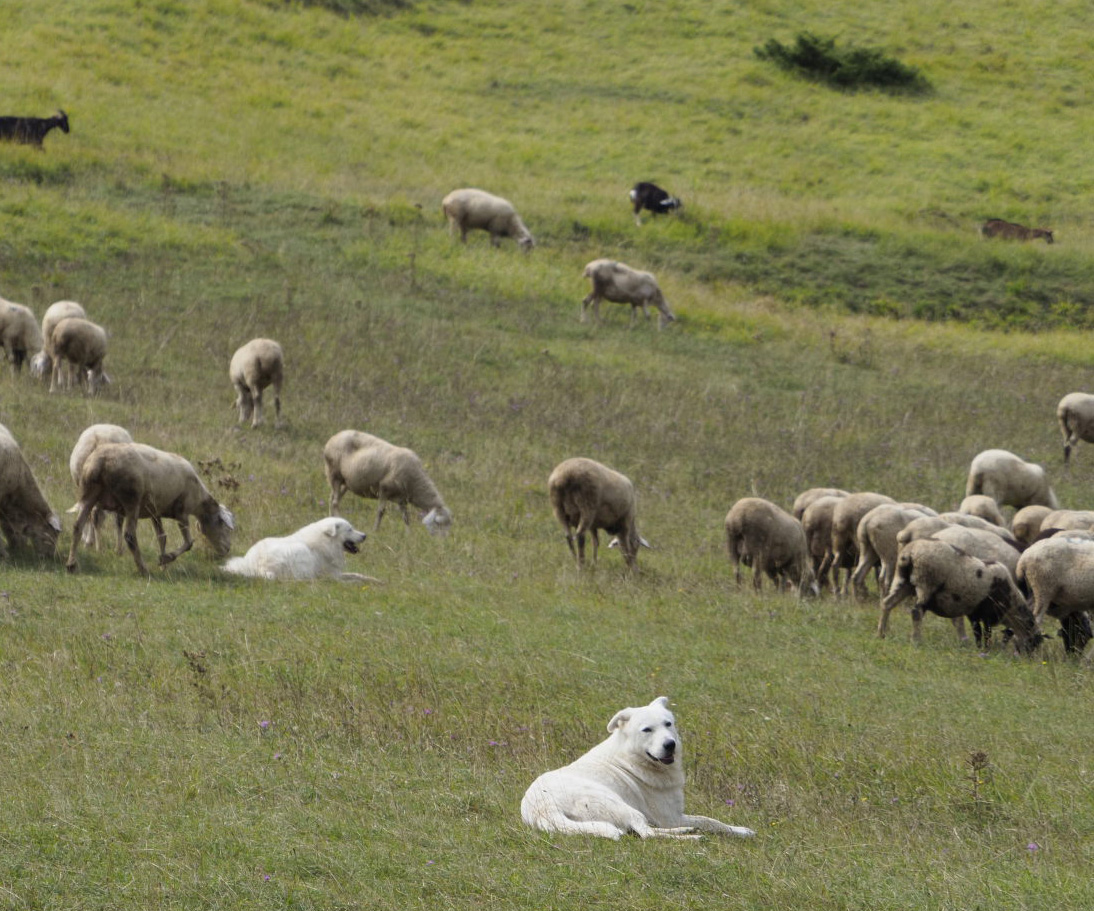In order to impart the necessary, up-to-date know-how, the HBLFA Raumberg-Gumpenstein, as a livestock protection competence center in cooperation with the EU LIFE project LIFEstockProtect and the Austrian Center Bär, Wolf, Luchs (also partners in the LIFEstockProtect project), an information day on the subject of herd protection.
The program starts with specialist lectures and then offers a practical part where visitors can observe how livestock guard dogs get used to a flock of sheep and can try setting up a flock protection fence.
Fences
We usually only associate fences on pastures with herding security: fences should be “escape-proof”. There is another task for herd protection: fences must be as “burglary-proof” as possible and they must offer protection against intruders. According to these different requirements, there are different types of fences and fence systems.
In any case, modern fences are electrified and deliver at least 3,500 volts permanently and everywhere. The material used depends on the location, length of time and possibly also the species of animal that needs to be protected. Permanent fences can be built with wooden posts or iron posts (T-posts). These include steel wires with sufficient strength, usually aluminum galvanized. Ceramic or plastic insulators, tension rollers and tension equalizing springs create a long-lasting fence. Mobile fence systems can be built from strands with various materials on posts. For example, four strands are prepared on a support pole, or different electrical networks are used.
Visitors can find out everything they need to know and tips and tricks about the construction, grounding and maintenance of electric fences at the Herd Protection Day.
Dogs as helpers
There are three types of working dogs in agriculture, each with specific tasks that must be differentiated: herding dogs, cattle dogs and livestock guard dogs.
Herding or driving dogs obey the shepherd's commands and keep the grazing animals together, while the herd guard dog protects the grazing animals independently, especially from large predators. Herd guard dogs report attackers and drive them away if necessary, but always stay with their herd.
When a dog comes to a new company, he initially loses his familiar surroundings and caregivers. The big challenge is to enable the dog to build a trusting relationship with the new environment that will become its home, with people and farm animals. Getting a dog used to the farm is the responsibility of the owner. On the Herd Protection Action Day, visitors are there at the beginning of the acclimatization phase, an experienced shepherd reports on his experiences and the visitors can ask the shepherd directly questions about the dogs and how they are kept.
![]()








